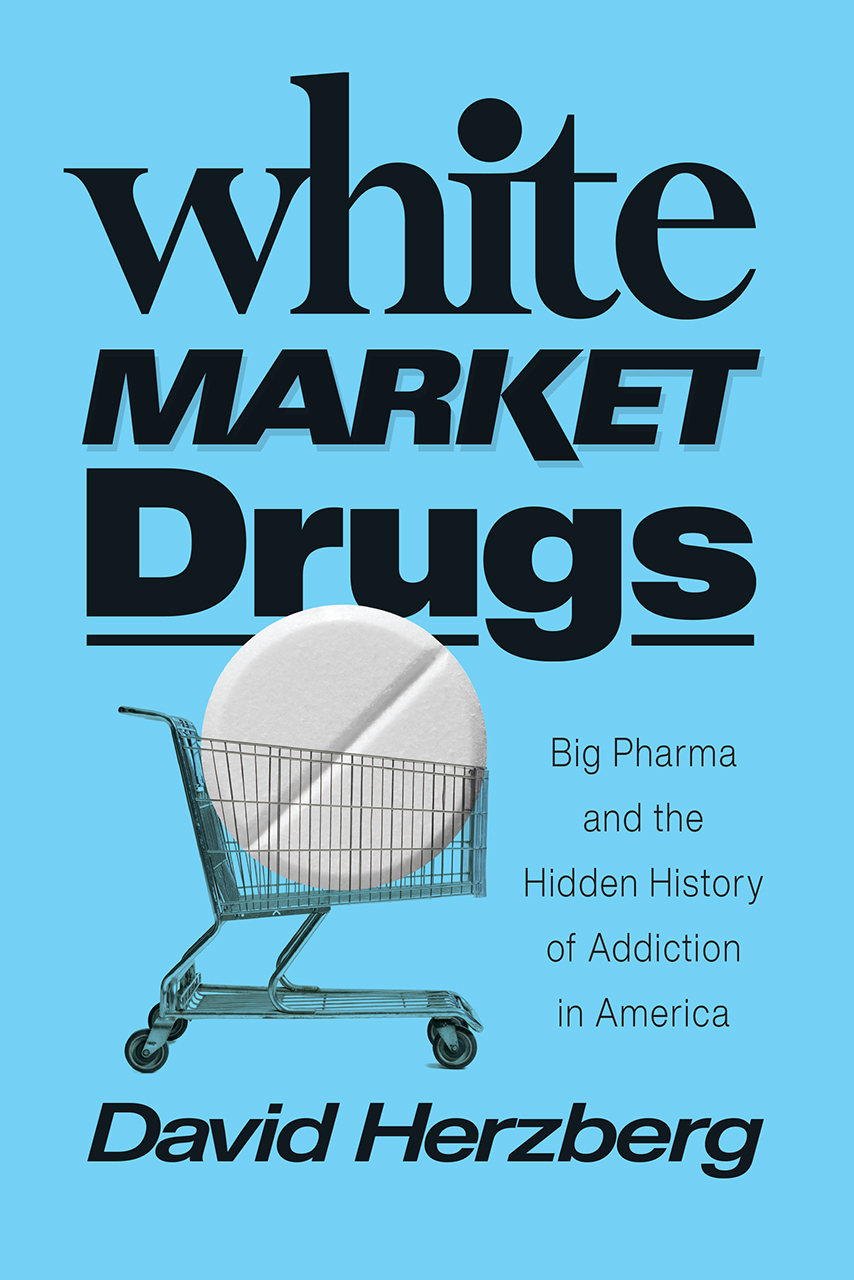Government, Big Pharma, and The People. A Century of Dis-Ease
A book to read, with this Table of Contents:
Acknowledgements
Preface
Chapter One – Introductions
Health
Woman as a Biological and Social Entity
A Different Paradigm
Health Care and Rights
Drugs and Their Role in Society
Drug Policy
Big Pharma
Drug-Related Problems
The People
What’s Ahead
Conclusion
Chapter Two – The Four "P’s"
Introduction
Marketing as an Actualizing Process
The Marketing Mix/The Four "P’s"
Government and the Four "P’s"
Conclusion
Chapter Three – Investigators and Investigations
Introduction
The Hearings
The Grand Inquisitor
Gaylord Nelson – Son of Torquemada
The Fountain Hearings
Senator Kennedy Joins the Fray
Small Business Problems – Dingell
Drug Efficacy Problems – Fountain
Moss on Drug Abuse
Fountain Redux
Congressman Rogers on Transition
Senator Humphrey and the Literature
A Newcomer – Congressman Van Deerlin
Senator Fountain – "One More Time"
Senator Kennedy Returns
FDA Under the Microscope Again
Kennedy – Not Too Tranquil
Gore on Pharmaceutical R & D
Senator Fountain Again
Claude Pepper for the Old Folks
Zomax in the Spotlight
A Pryor Engatement
The Task Force on Prescription Drugs
Research Findings and Recommendations
Conclusion
Chapter Four – Legislators and Legislation
Introduction
Laws and Policy
Bills and Sponsors
The Process
Conclusion
Chapter Five – Regulators and Regulations
Introduction
The Food and Drug Administration
Other Regulators and Regulations
Federal Trade Commission
Federal Communications Commission
Drug Enforcement Administration
Centers for Medicare and Medicaid Services
Patents and Trademarks
State Regulations
Drug Names
Conclusion
Chapter Six – Non-Government Influence
Introduction
Self-Regulation
Third Parties – Managed Care Controls
Formularies and Prescription Limitations
Lawyers
Advocates and Adversaries
Mail Order Pharmacy
Pharmacy Benefit Managers and Outcomes Management
Conclusion
Chapter Seven – The People and Their Drugs
Introduction
The People as Patients
Health Belief Model
Case – Health Belief Model
Attitudes and Evaluation of Drugs
The Sickness Career
The Sick Role
The Sick Role in Acute and Chronic Illness
Compliance with Medication Regimens
Other Influences on Medication Use
What to Do
Death or Maybe Not
Conclusion
Chapter Eight – Response of Big Pharma
Introduction
Response to Government
Big Pharma Speaks
Response of Big Pharma to the People
Some Ideas for Big Pharma
PMA Monographs
Statesmanship
Conclusion
Chapter Nine – Little Pharma and Friends
Introduction
Generic Pharma – Not So Little
Big Bio
What is Special about Specialty Drugs?
Little Boutiques
Back to the Future – Compounding Pharmacists
Friends
Conclusion
Chapter Ten – Greedy Big Pharma
Introduction
Two Parts of Greedy
AARP and Greedy Big Pharma
Congress and Greedy Big Pharma
Risk vs. Reward
Greedy Big Tech
Conclusion
Chapter Eleven – Whence the Drugs?
Introduction
Origins of Drugs
Drug Product Development
Marketing in the Last Century
Invention, Discovery, Development
Curiosities and Surprises
Recommended Reading
Conclusion
Chapter Twelve – Drugs of the Future
Introduction
But Seriously
Drugs in an Aging Society
Future Drugs for the Aged
Lifestyle Drugs
Conclusion
Chapter Thirteen – The Non-Prescription Products Market-Dr. W. Steven Pray
Introduction
Patent Medicines
Laws That Regulated Non-Prescription Products
FDA’s Review of O-T-C Products
The Prescription to O-T-C Switch
A Third Class of Drugs
Quackery – Lacking Proof of Efficacy
Quackery – New Names Confer False Respectability
Conclusion
Chapter Fourteen – Issues and Studies in Pharmacoeconomics
Introduction
The Emergence of Pharmacoeconomic Research
The Cost of Illness
Quality of Life Assessment
The Economics of Non-Compliance
Economic Epidemiology
Conclusion
Chapter Fifteen – On Drug Prices – Dr. E. M. "Mick" Kolassa
Pricing: The Forgotten "P"
The Growing Importance of Pharmaceutical Prices
Prices, Politics and Problems
Pricing Terminology
What is a Pharmaceutical Price?
Price Decision Making
The Value of Pharmaceuticals
The Future of Pharmaceutical Pricing
Chapter Sixteen – Summary, Ruminations and Apologia
Introduction
Ruminations
Trends
What If’s
Apologia











